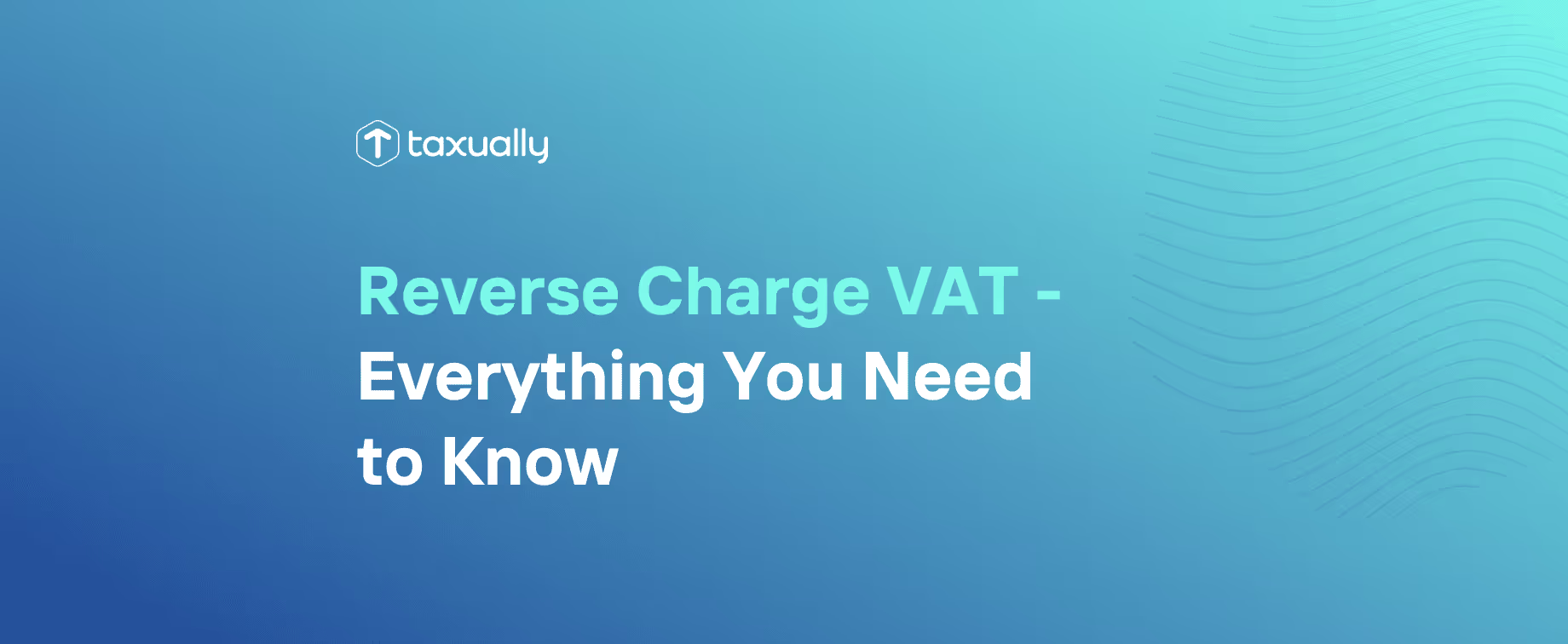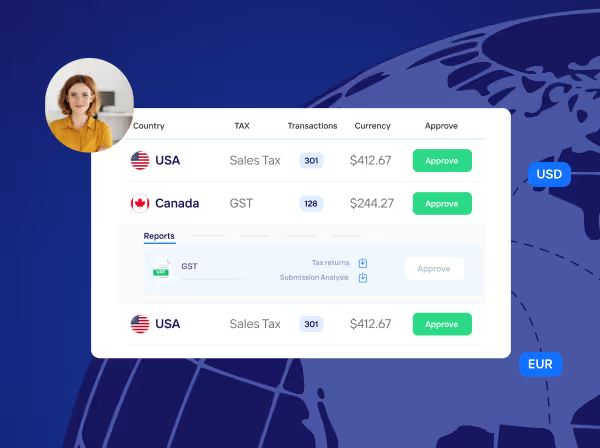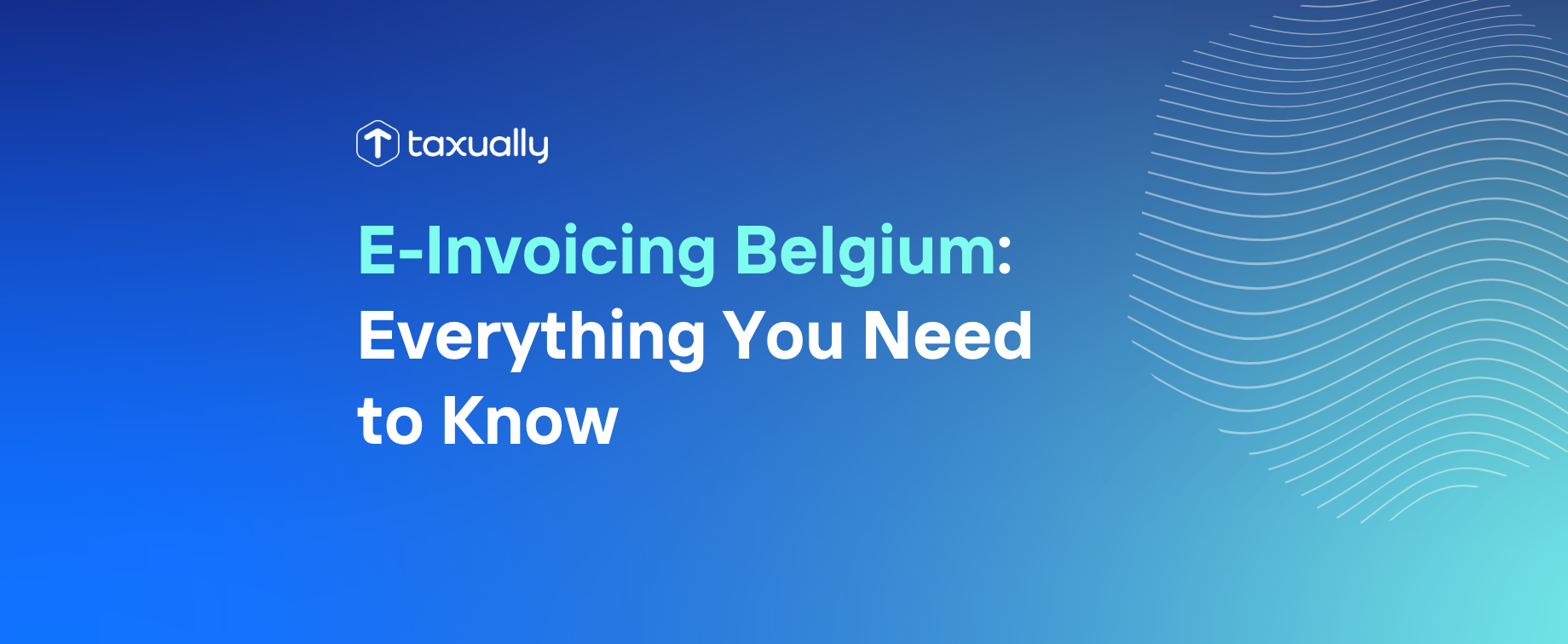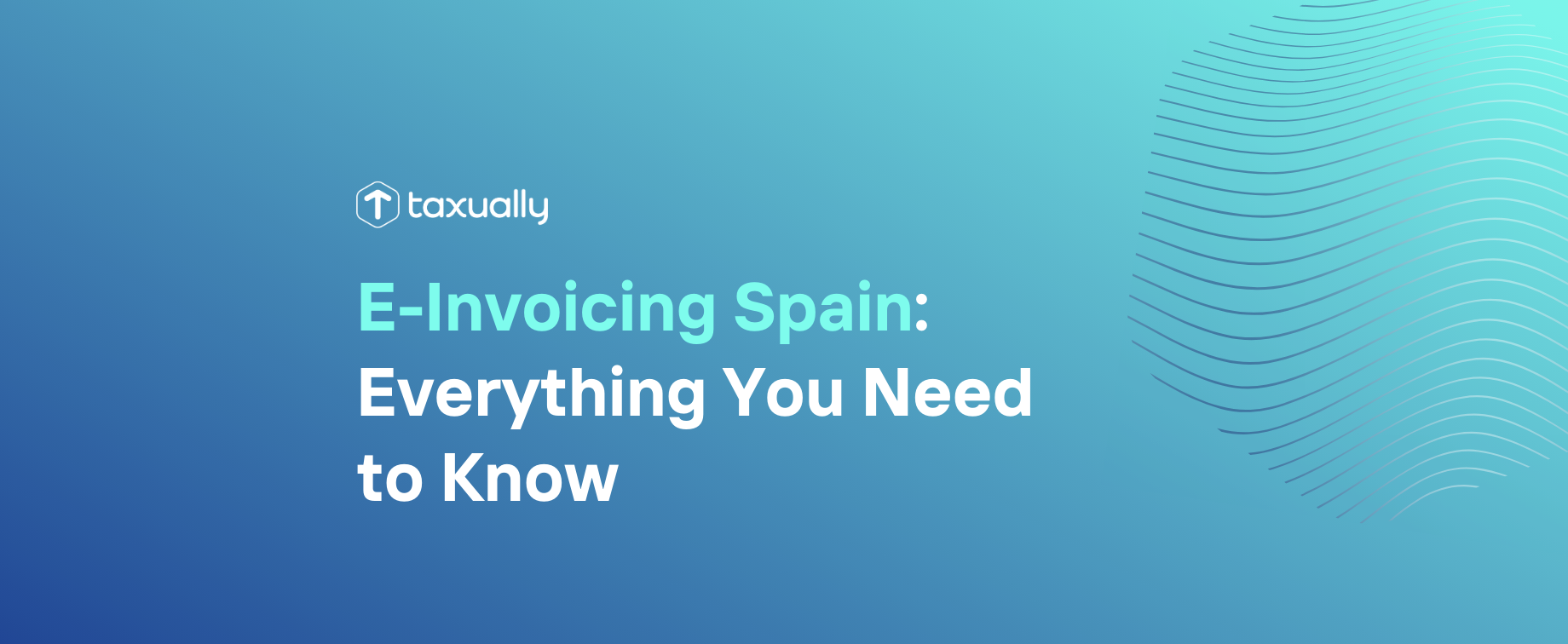Key takeaways
- Reverse charge VAT shifts the responsibility for accounting VAT from the supplier to the buyer, mainly for cross-border EU transactions, simplifying compliance for sellers.
- It typically results in no net VAT payment for the buyer, as they report both input and output VAT on their return—though exceptions exist for partially exempt businesses.
- Reverse charge invoices must exclude VAT and clearly reference the reverse charge, including the buyer’s VAT number to ensure proper reporting.
When a sale is made, it's normally the supplier who is obliged to account for any VAT due. Under some circumstances, though, it's the responsibility of the recipient. This is known as the reverse charge mechanism, and it's important to be aware of when it applies to your business.
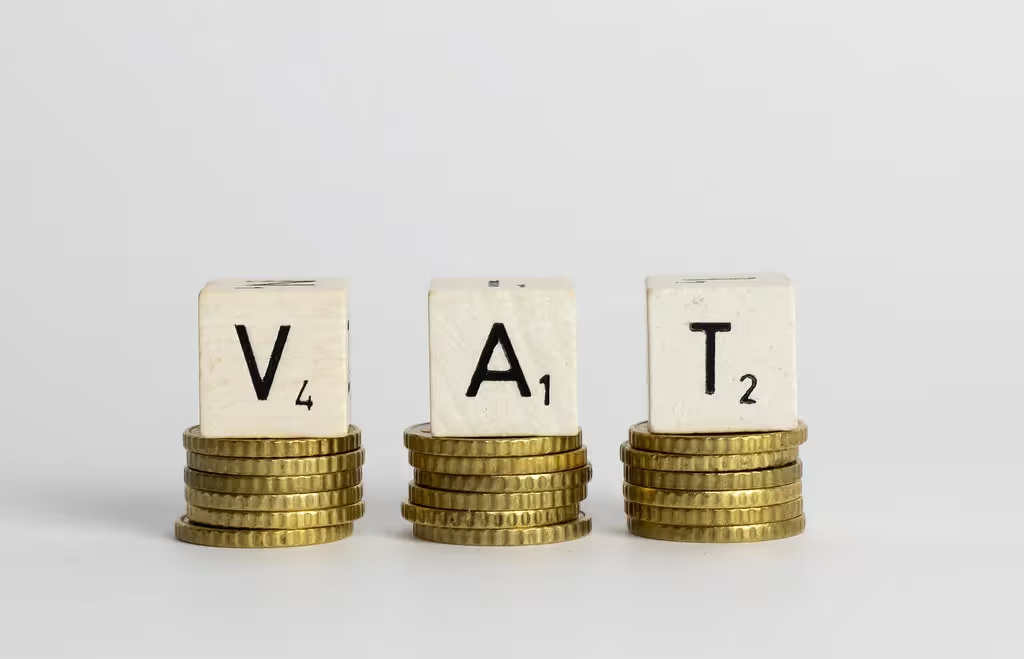
What is reverse charge VAT?
The reverse charge mechanism is a tax collection method used in value-added tax (VAT) systems. It shifts the responsibility of reporting and paying the VAT from the seller (supplier) to the buyer (recipient) of the goods or services. This mechanism is designed to simplify tax administration, reduce VAT fraud, and ensure tax compliance, especially in cross-border transactions or specific industries where tax evasion is a concern.
How the reverse charge mechanism works:
- Standard VAT process:
- Under normal circumstances, a seller charges VAT on the goods or services sold and remits it to the tax authorities. The buyer pays the VAT along with the price of the goods/services and can usually claim it back as input VAT, provided they are VAT registered.
- Reverse charge process:
- Under the reverse charge mechanism, the seller does not charge VAT on the invoice. Instead, the buyer is responsible for calculating the VAT due on the transaction and reporting it in their own VAT return as both output tax (as if they had sold the item) and input tax (as if they had paid the VAT).
- If the buyer is eligible to reclaim VAT, the output tax and input tax will usually cancel each other out, meaning no net VAT is due. However, if the buyer is partially exempt or not registered for VAT, they may have to pay the VAT without the ability to reclaim it.
Benefits and purpose:
- Prevents tax evasion: Especially in sectors prone to carousel fraud (missing trader fraud).
- Simplifies cross-border trade: Reduces the complexity of VAT compliance for cross-border transactions.
- Ensures VAT collection: Shifts the burden of VAT compliance to the party with a higher likelihood of accurately reporting and remitting taxes.
Example:
If a company in Germany purchases goods from a supplier in France, the French supplier does not charge VAT. Instead, the German buyer records the transaction under the reverse charge mechanism, accounting for the VAT as if they were the supplier. If the German buyer is eligible to reclaim VAT, the transaction will not result in any additional VAT payment, but it ensures the tax authorities have visibility into the transaction.
In contrast, under normal VAT rules, the supplier would charge VAT directly.
When does the VAT reverse charge apply?
EU reverse charge mechanism
In the EU, the reverse charge mechanism applies in various scenarios:
- Cross-border transactions within the EU: When a business in one EU member state supplies goods or services to a business in another member state, the reverse charge applies. The supplier does not charge VAT; instead, the recipient of the goods or services reports the VAT in their country. This is to ensure that VAT is accounted for and paid in the country where the consumption occurs, preventing double taxation and simplifying the process for businesses.
- Supply of certain services: The reverse charge mechanism applies to specific services regardless of whether the supplier and customer are located in different EU member states. This includes services such as consulting, advertising, intellectual property, and telecommunications. The rationale is to prevent VAT evasion and ensure proper tax reporting.
- Intra-community acquisitions: When goods are moved from one EU member state to another, the acquiring business must report the VAT in their own country. This applies to goods transported for the buyer’s use, which is essential for maintaining consistency in VAT reporting across the EU.
- Construction services: In many EU countries, the reverse charge mechanism applies to the construction industry to combat VAT fraud. Subcontractors providing construction services to main contractors do not charge VAT; instead, the main contractor reports the VAT. This includes onward supplies of construction, where the VAT treatment depends on the nature of the transactions.
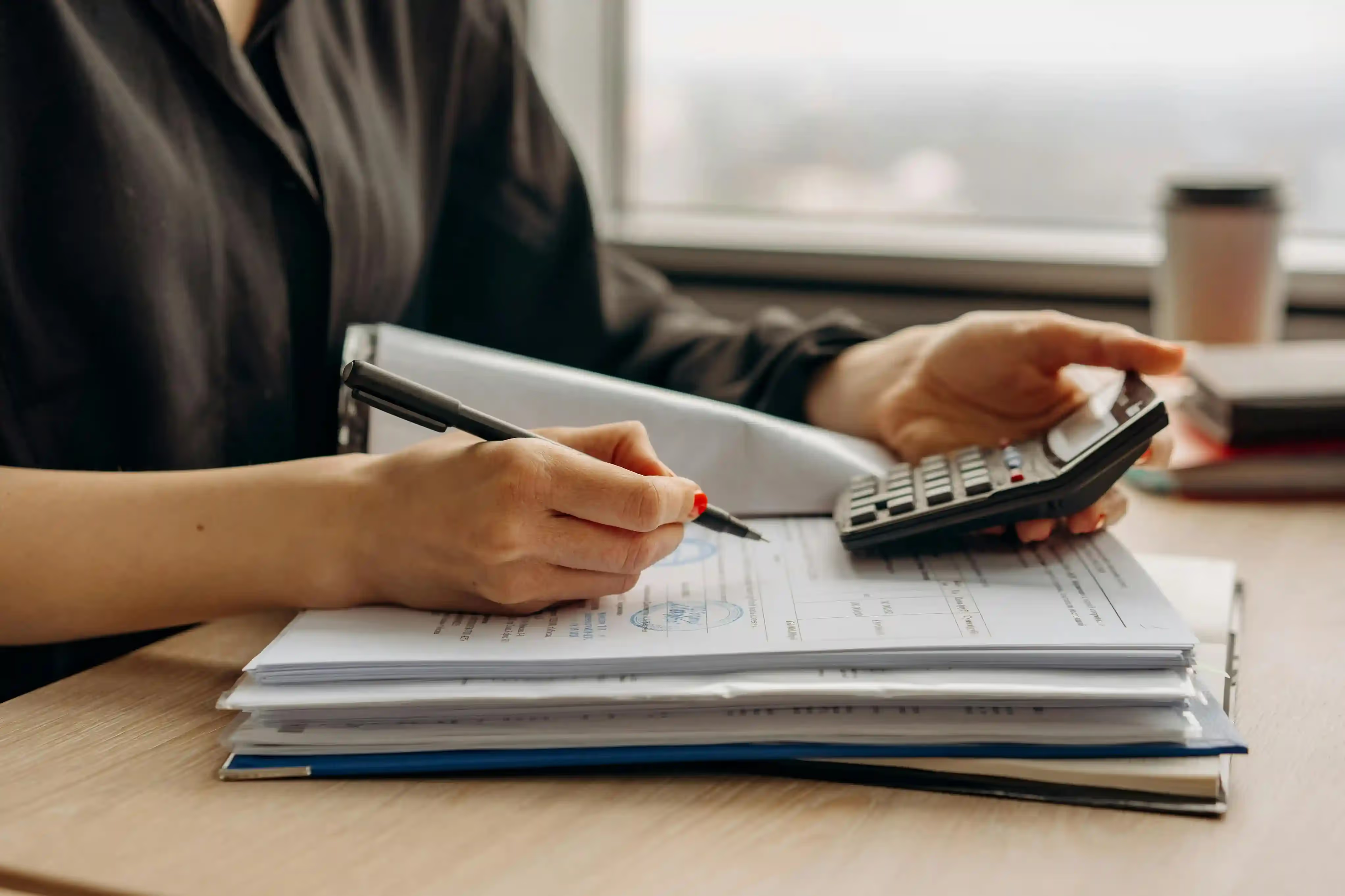
UK reverse charge mechanism post-Brexit
Post-Brexit, the UK has its own reverse charge rules, which continue to align with certain principles of the EU system but have unique applications due to the separation from the EU.
- Cross-border transactions with the EU: The reverse charge applies to goods and services imported into the UK from the EU. UK businesses receiving these goods and services must account for the VAT under the reverse charge mechanism. This ensures that VAT is correctly accounted for in the UK, aligning with international trade practices.
- Domestic reverse charge for construction services: The UK has implemented a domestic reverse charge for construction services to combat VAT fraud within the industry. This means that businesses supplying certain construction services to VAT-registered customers do not charge VAT, and the customer must account for it instead. The Construction Industry Scheme (CIS) is relevant here, as it helps distinguish between different types of contracts, such as labour and materials, and sets requirements for end users and intermediary suppliers. Suppliers must verify whether their customers are VAT and Construction Industry Scheme registered to correctly apply VAT rules. Employment businesses supplying construction workers are treated differently under VAT regulations, as they provide staff rather than construction services, excluding them from the reverse charge scheme.
- Specific goods and services: The UK reverse charge mechanism also applies to specific goods and services prone to VAT fraud, such as mobile phones and computer chips. The objective is to prevent missing trader fraud, where businesses disappear without paying the VAT collected from customers.
Commonalities and differences
Both the EU and UK use the reverse charge mechanism to streamline VAT reporting and prevent fraud. However, there are differences due to the UK’s exit from the EU:
- EU Member States: The reverse charge applies uniformly across all member states for intra-community transactions.
- UK: The reverse charge now applies in the context of imports and specific domestic scenarios, reflecting the UK’s independent VAT system. It is crucial to determine a customer's VAT and Construction Industry Scheme registration status to ensure proper VAT treatment and reverse charge applications in construction service transactions.
How to create a reverse VAT charge invoice
If you need to issue a reverse charge invoice, it should follow these general rules:
- There should be no VAT charge on the invoice, only the net amount for the goods or services. List the VAT as 0% just as you would for zero-rated or exempt sales. It is important to report VAT in the same VAT return to ensure proper accounting for both input and output VAT.
- Make sure to reference the VAT reverse charge on the invoice. In most cases, something like ‘reverse charge’ or ‘reverse charge transaction’ will suffice. While no VAT is charged on the invoice, it must be accounted for by the customer.
- You will need to include your client’s VAT number so make sure you have this information before submitting your invoice.
Conclusion
Reverse charge VAT shifts the responsibility for VAT reporting from the supplier to the buyer, helping to simplify cross-border transactions within the EU. While it reduces the need for VAT registration in other countries, the rules can vary depending on the situation. Ensuring your invoices and VAT returns are accurate and compliant is key. Whether issuing or receiving a reverse charge invoice, understanding when and how it applies will help your business stay compliant and avoid costly errors.
Do you need help with your VAT compliance? Book a free call with one of our VAT experts to find bespoke solutions for your business, optimize your VAT costs, and reach millions of new potential customers.
Frequently asked questions
New Year's Day - 1/1/2024Memorial Day - 5/27/20244th of July - 7/4/2024Labor Day - 9/2/2024Thanksgiving Day - 11/28/2024Day after Thanksgiving - 11/29/2024Christmas Eve - 12/24/2024Christmas Day - 12/25/2024
What is reverse charge VAT?
Reverse charge VAT shifts the responsibility for reporting a VAT transaction from the seller to the buyer, simplifying cross-border transactions and ensuring accurate VAT accounting.
When does the reverse charge VAT mechanism apply?
The reverse charge mechanism applies to cross-border transactions within the EU, certain services, intra-community acquisitions, construction services, and specific goods and services prone to VAT fraud.
How does reverse charge VAT benefit businesses?
It simplifies VAT reporting, reduces the administrative burden on sellers, and helps prevent VAT fraud by ensuring VAT is accounted for in the buyer's country.
How do I create a reverse charge VAT invoice?
Do not charge VAT on the invoice; list the net amount and reference the reverse charge mechanism. Include the buyer's VAT number and ensure correct VAT reporting in your VAT return.
What are the differences in reverse charge VAT post-Brexit for the UK?
Post-Brexit, the VAT reverse charge applies to goods and services imported from the EU and specific domestic transactions, particularly in the construction sector.
How do I determine if my customer is an end user or intermediary?
Request written confirmation from the customer. An end user is the final consumer, while an intermediary resells or incorporates the goods or services into another supply. subject to the reverse charge will apply
What is a reverse charge VAT example?
A German business buys consulting services from a French company. Instead of the French company charging VAT, the German business reports and pays the VAT in the Germany.


